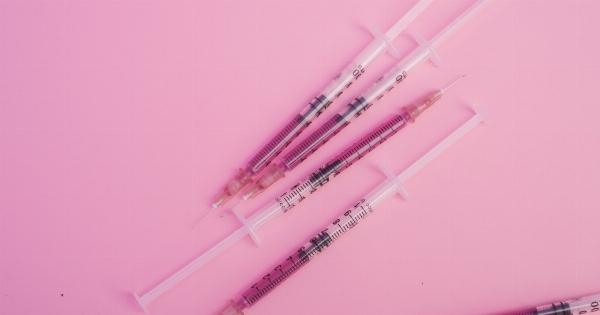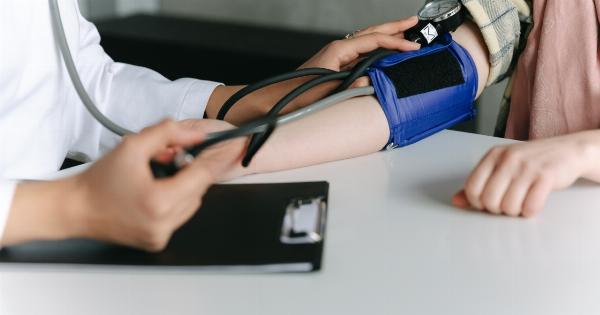Strokes are a major health concern and can have devastating consequences for individuals and their families.
While there are various risk factors associated with strokes, a recent study has shed light on a specific virus that can significantly increase the risk of deadly strokes. In this article, we will explore the connection between this virus and strokes, delve into the symptoms, preventative measures, and available treatment options.
Understanding Strokes
Before we delve into the link between the virus and strokes, it is important to have a basic understanding of what a stroke actually is.
In simple terms, a stroke occurs when blood supply to the brain is interrupted or reduced, leading to the death of brain cells. This interruption can be caused by various factors, including a blood clot or a ruptured blood vessel.
The Role of the Virus
Recent research has shown that a specific virus, known as VSV (Vascular Stroke Virus), plays a significant role in increasing the risk of deadly strokes.
VSV is a common virus that typically causes mild respiratory symptoms, but it has been found to also affect blood vessels and increase the likelihood of blood clots.
Symptoms of Stroke Caused by VSV
Strokes caused by VSV exhibit similar symptoms to other types of strokes. It is important to recognize these symptoms early on in order to seek prompt medical attention. Common symptoms include:.
- Sudden numbness or weakness on one side of the face or body
- Difficulty speaking or understanding speech
- Sudden vision problems
- Severe headache with no apparent cause
- Dizziness or loss of balance
If you or someone you know experiences any of these symptoms, it is crucial to seek immediate medical help, as early treatment can greatly improve the outcome.
Preventing Strokes Caused by VSV
Prevention is always better than cure, and there are several measures individuals can take to reduce the risk of strokes caused by the VSV:.
- Maintain a healthy lifestyle: Regular exercise, a balanced diet, and avoiding smoking or excessive alcohol consumption can significantly reduce the risk of strokes.
- Manage underlying health conditions: Conditions such as high blood pressure, diabetes, and high cholesterol should be properly managed through medication and regular check-ups.
- Stay informed: Keep up with regular medical check-ups and discuss any concerns about stroke risk factors with your healthcare provider.
- Practice good personal hygiene: Wash hands regularly and follow recommended guidelines to prevent the spread of respiratory infections.
- Get vaccinated: Stay up to date with vaccinations, as they can help protect against certain viruses that may contribute to stroke risk.
Treatment Options
When it comes to treating strokes caused by VSV, early intervention is crucial. The primary goal is to restore blood flow to the brain and prevent further damage.
The specific treatment plan may vary depending on the severity and location of the stroke, but some common approaches include:.
- Ischemic Stroke Treatment: Medications such as tPA (tissue plasminogen activator) may be administered to dissolve blood clots and restore blood flow to the affected area.
- Surgical Interventions: In some cases, surgical procedures may be necessary to remove or repair the blockage causing the stroke.
- Rehabilitation: Following a stroke, rehabilitation programs can help individuals regain lost abilities and improve overall quality of life.
Conclusion
While strokes are a significant health concern, understanding the contributing factors is key to prevention and timely treatment.
The connection between the Vascular Stroke Virus (VSV) and an increased risk for deadly strokes highlights the importance of staying informed, recognizing symptoms, and taking preventative measures. By maintaining a healthy lifestyle, managing underlying health conditions, practicing good personal hygiene, and seeking timely medical help, we can reduce the risk of stroke caused by this specific virus and its associated complications.






























